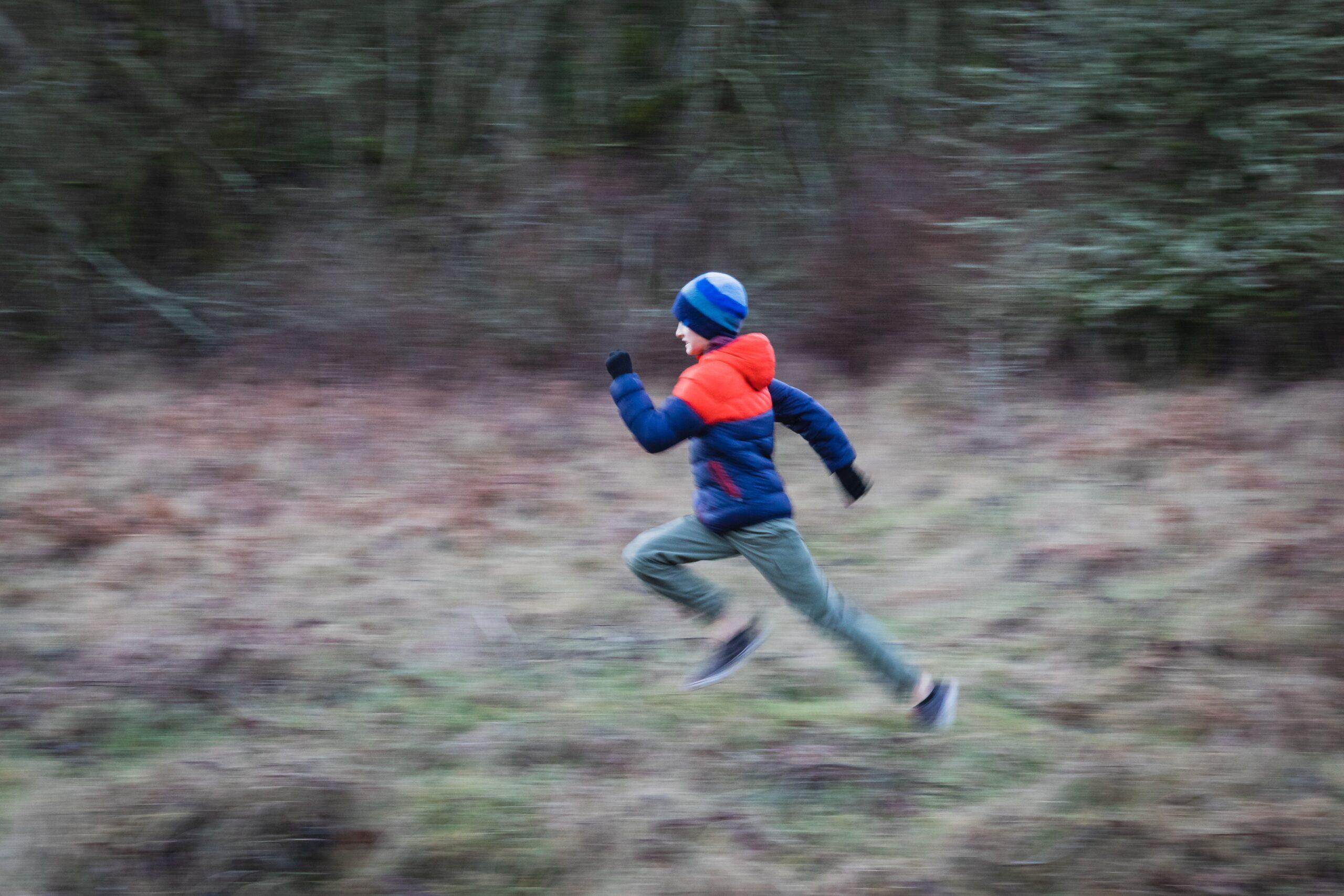When most adults think about exercise, they imagine working out in the gym, on a treadmill or lifting weights. But for children, exercise means playing and being physically active. Kids exercise when they have gym class at school, soccer practice or dance class. They’re also exercising when they’re at recess, riding bikes or playing tag.
The Many Benefits of Exercise
Everyone can benefit from regular exercise. A child who is active will:
- have stronger muscles and bones.
- have a leaner body because exercise helps control body fat.
- be less likely to become overweight.
- decrease the risk of developing type 2 diabetes.
- possibly lower blood pressure and blood cholesterol levels.
- have a better outlook on life.
In addition to the health benefits of regular exercise, kids who are physically fit sleep better and are better able to handle the physical and emotional challenges that a typical day presents— be that running to catch a bus, bending down to tie a shoe or studying for a test.
The Three Elements of Fitness
If you’ve ever watched children on a playground, you’ve seen the three elements of fitness in action. The child:
- runs away from the kid that’s “it” (endurance).
- crosses the monkey bars (strength).
- bends down to tie his or her shoes (flexibility).
Parents should encourage their kids to do a variety of activities so that they can work on all three elements.
Endurance
Endurance is developed when someone regularly engages in aerobic activity (aerobic means “with air”). During aerobic exercise, the heart beats faster and a person breathes harder. When done regularly and for continuous periods of time, aerobic activity strengthens the heart and improves the body’s ability to deliver oxygen to all of its cells.
Aerobic exercise can be fun for both adults and children. Some examples of aerobic activities include:
- basketball
- bicycling
- ice skating
- in-line skating
- soccer
- swimming
- tennis
- walking
- jogging
- running
Strength
Improving strength doesn’t have to mean lifting weights. Although some children benefit from lifting weights, it should be done under the supervision of an experienced adult who works with children. But most kids don’t need a formal weight-training program to be strong. Push-ups, stomach crunches, pull-ups and other exercises help tone and strengthen muscles. Children also incorporate strength activities in their play when they climb, do a handstand or wrestle.
Flexibility
Stretching exercises help improve flexibility, allowing muscles and joints to bend and move easily through their full range of motion. Kids look for opportunities every day to stretch when they try to get a toy just out of reach, practice a split or flip over the couch.
How Much Exercise Is Enough?
The percentage of children who are overweight has more than doubled over the past 30 years. Although many factors are contributing to this epidemic, kids are becoming more sedentary. In other words, they’re sitting around a lot more than they used to.
According to the American Academy of Pediatrics (AAP), the average child is watching about three hours of television a day. And the average kid spends five ½ hours on all media combined, according to the Kaiser Family Foundation.
Parents need to ensure that their children are getting enough exercise. So, how much is enough?
According to the 2005 dietary guidelines from the U.S. Department of Agriculture (USDA) and the Department of Health and Human Services (HHS), all children 2 years and older should get 60 minutes of moderate to vigorous exercise on most, preferably all, days of the week. In addition to providing more practical advice on how to give your child a healthy, balanced diet, the new dietary guidelines also suggest that kids eat more fruits, vegetables and whole grains than in the past.
You can find out what guidelines are appropriate for your child by logging on to the USDA’s interactive Web site for the revised food guide pyramid. The site allows you to enter your child’s age, gender and activity level to get one of 12 pyramids that make recommendations for total calories and amounts from each food, as well as some recommendations for specific foods, such as whole grains, beans and orange veggies.
Here are the current activity recommendations for children, according to the National Association for Sport and Physical Education (NASPE):
- Infant: No specific requirements. Physical activity should encourage motor development.
- Toddler: One ½ hours— 30 minutes planned physical activity and 60 minutes unstructured physical activity (free play).
- Preschooler: Two hours— 60 minutes planned physical activity and 60 minutes unstructured physical activity (free play).
- School age: One hour or more. Break up into bouts of 15 minutes or more.
It’s also important to remember that young children should not be inactive for prolonged periods of time— no more than one hour unless they’re sleeping. And school-age children should not be inactive for periods longer than two hours.
One of the best ways to get children to be more active is to limit the amount of time spent in sedentary activities, especially watching TV or playing video games. The AAP recommends that children under the age of 2 years watch no TV at all and that screen time should be limited to no more than one to two hours of quality programming a day for children 2 years and older.
Raising a Fit Kid
Combining regular physical activity with a healthy diet is the key to a healthy lifestyle. By understanding the importance of being physically active, you can instill fun and healthy habits that will last a lifetime.
Here are some tips for raising a fit kid:
- Help your child participate in a variety of activities that are right for his or her age.
- Establish a regular schedule for physical activity.
- Incorporate activity into daily routines, such as taking the stairs instead of the elevator.
- Embrace a healthier lifestyle yourself, so you’ll be a positive role model for your family.
- Keep it fun, so you can count on your child to come back for more.





